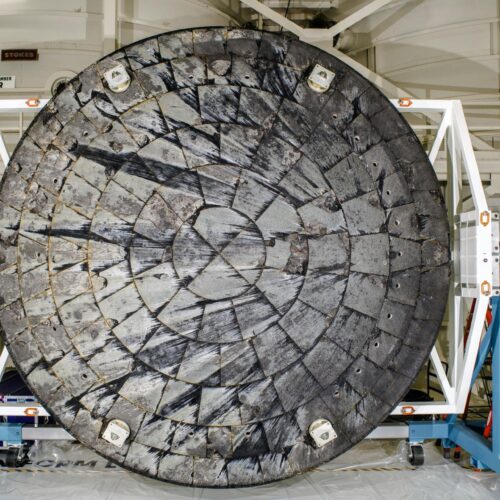Outgoing NASA administrator urges incoming leaders to stick with Artemis plan
After a long career as a politician from Florida, former astronaut Bill Nelson has served as NASA's administrator for the last three and a half years. He intends to resign from this position in about two weeks when President Joe Biden ends his term in the White House.
Several significant events have happened under Nelson's watch at NASA, including the long-delayed but ultimately successful launch of the James Webb Space Telescope, the flight of the first Artemis mission, and the momentous decision to fly Boeing's Starliner spacecraft back to Earth without crew aboard. But as he leaves office, there are questions about ongoing delays with NASA's signature Artemis Program to return humans to the Moon.
Ars spoke with Nelson about his time in office, the major decisions he made, and the concerns he has for the space agency's future under the Trump administration. What follows is a lightly edited transcript of our conversation.


© Trevor Mahlmann

